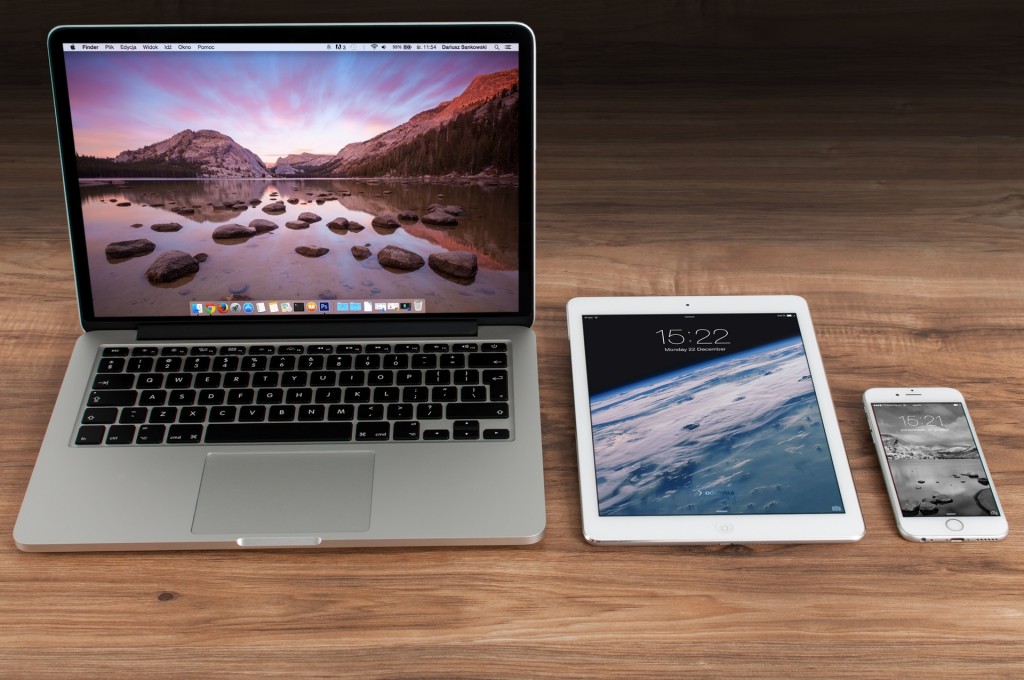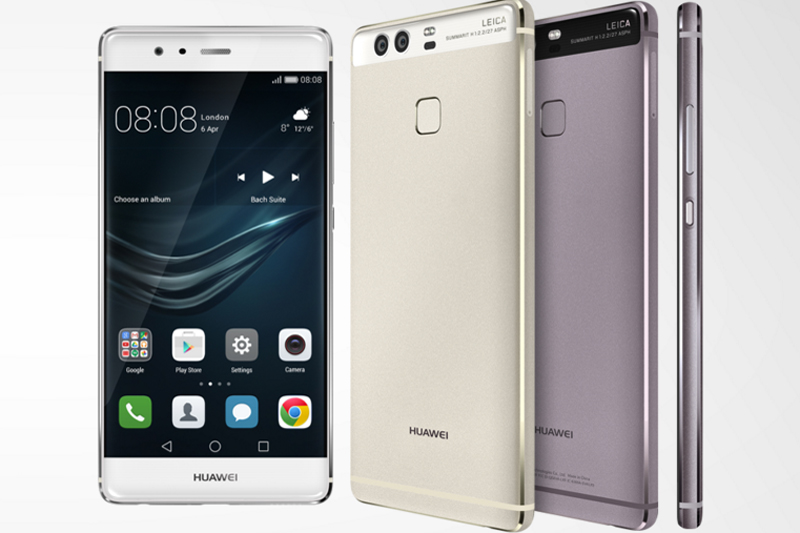Apple Sales Slump After 13 Years of Growth
It may just be a bump on the road or it may also be a sign of the company’s decline.
After more than a decade of leading the tech industry, the Cupertino-based giant posted falling quarter two profits for iPhone sales. From a shipment of 61 million units last year, the 6th cycle of the gadget only delivered 51 million. This breaks their winning streak since 2003 as their flagship product failed to deliver the digits this 2016. The iPhone currently accounts for two-thirds of Apple’s profits while the rest are shared by other Apple products like the iPad, iPod, and Mac, and the Apple Watch.
Based on reported sales from January to April of 2016, the iPhone accounted for $32.9 billion of the $50.6 billion profits of the company. Services amounted to $6 billion, Mac at $5.1 billion, iPad at 4.4 billion, while the remaining products shared in the $2.2 billion profit.
Sales for iPad and Mac computers are also down with the former losing the most revenue. Its services bracket though, which include Apple Pay and Apple Music (which now has 13 million subscribers) have saved the numbers from sliding down further. Though the company has not totally stumbled from its peak position in the technology industry, people seem to be wary of Apple’s performance as of recent.
The Lack of Innovation
Since the death of tech icon Steve Jobs, criticisms have been hurled at the company for their “lack of innovation.” Jobs, who rejoined the company as CEO at the turn of the century, was able to turn things around from the brink of extinction. Apple has lost 80 percent of its stock value in the mid-90s but with Jobs taking the top helm of Apple, revenues bounced back with a growth of 21,000 percent in a span of almost 20 years.
It was during his time when the iMac found its way in the world of pop culture. From there, he launched the iPod and iTunes, which totally revolutionized the way people listened to music. By 2007, Jobs launched the iPhone, a gadget that became Apple’s most popular product. Before his untimely death, Jobs’ final bow was the iPad, the last major innovation Apple released to the world.
His cutting-edge designs and future-forward mindset has earned him a loyal base of Apple followers. During Jobs’ time, he did not just sell a product, he sold a lifestyle. Apple slowly emerged to be the most valuable brand in the world, even beating out Microsoft then as the world leader in consumer electronics and personal computing.
Under Tim Cook’s succession, Apple has had one major product release in five years, which was the Apple Watch. Other than that, the company seem to have taken curator duties in ensuring Jobs’ creations were updated to the times. These came in yearly upgrades and minor changes. But the revolutionary sparkle that Jobs brought in every Keynote was no longer there.
Competitors on the Rise
While the American-based giant is banging its head on the wall, other tech companies are taking a swipe to be on top.
Apple is currently enjoying the fact that they account for 90 percent of smartphone profits. But they only churn out 20 percent of all smartphone units all over the world. That’s how expensive an iPhone is. Some economists perceive iPhones to be Veblen goods, meaning they remain exclusive as long as they remain expensive. This has been Apple’s selling point according to them.
But that strategy does not seem to work anymore for Apple. On the other side of the continent, Chinese and Korean tech giants are enjoying a jump in profits. Huawei for example, has posted an increase of revenues by 37 percent. Their latest smartphone, Huawei P9, is also competing strongly against Apple’s iPhone SE considering that it has better features and a Leica dual lens camera to boot.
Aside from that, mobile phone companies may also be shifting their business models. Because the iPhone is sold for a higher value, telecom operators often subsidize the price of these phones and have consumers spread out the payment for a longer term or installment. But with an increasing competition offering better specs at a lower price, Apple finds it harder to capture new users even with the launch of a cheaper model.
Another factor may be that consumers have reached a saturation point where buying an upgraded iPhone seems to be no longer a wise decision. The yearly upgrades in Apple’s devices have taken a toll on the pockets of Apple users, making it hard for them to catch up. They instead, opt for more reasonable gadgets that offer the same or more than that of an iPhone.
What’s in store for Apple still remains unclear. The iPhone 7 will be launched soon but with a decreasing demand, the new release might not just be as spectacular.



